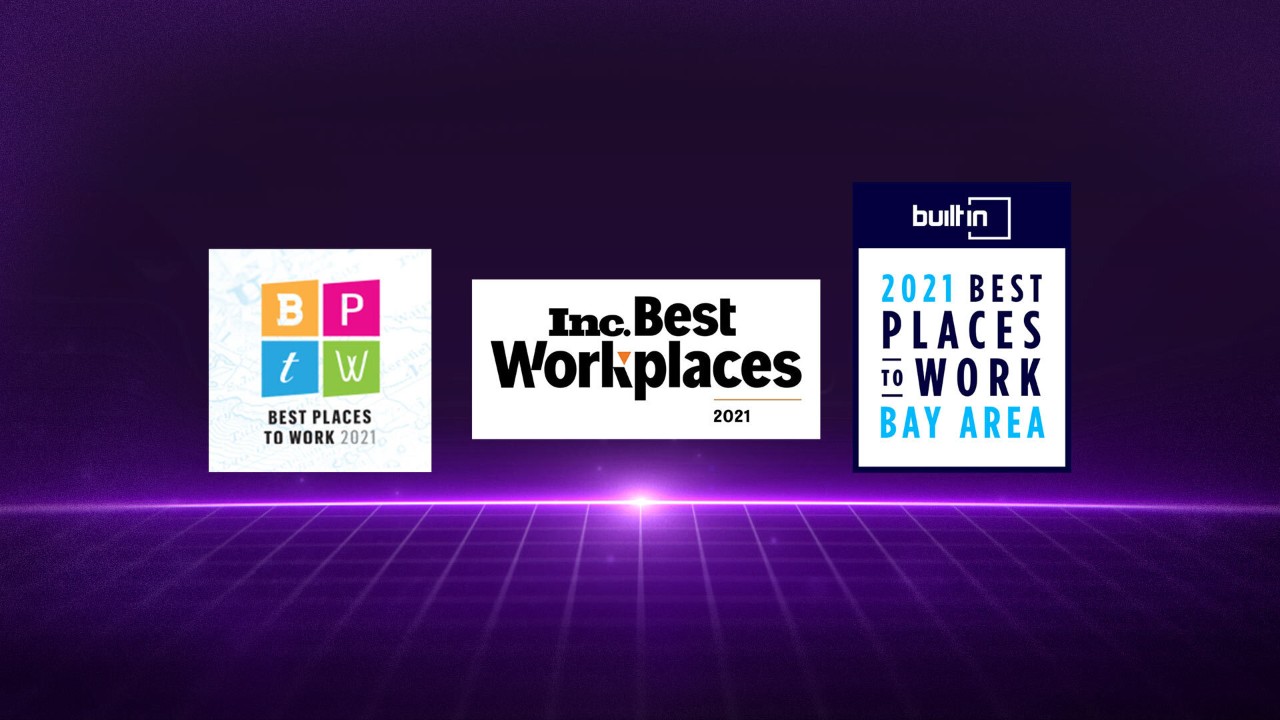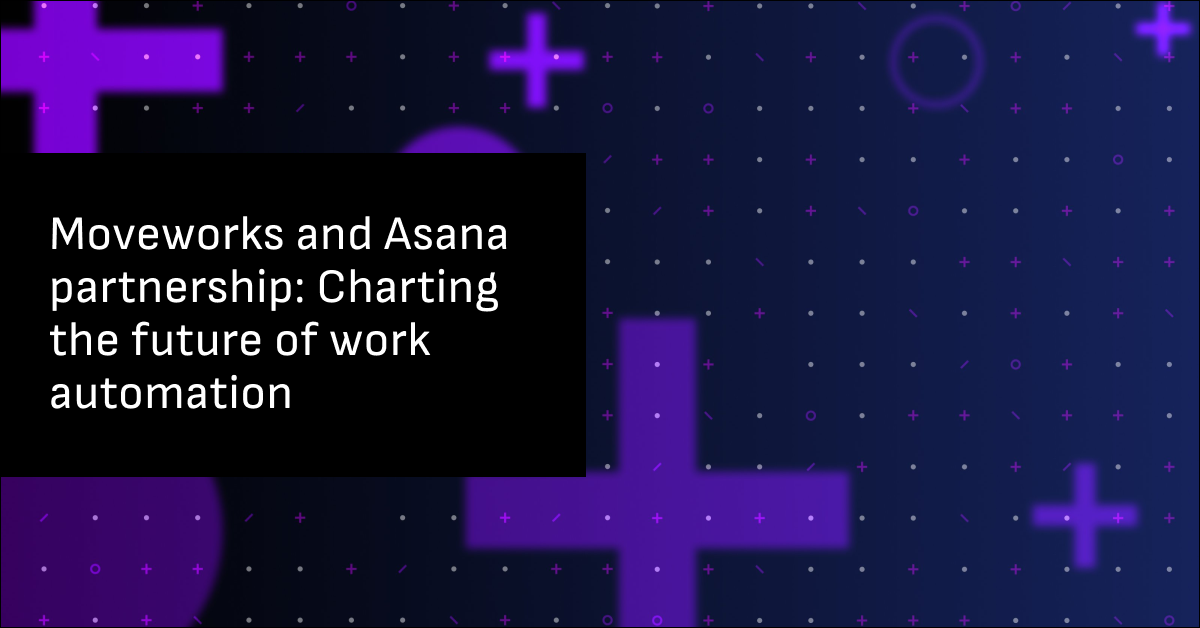What does it take to create a new category?
From Gatorade with the sports drink, to Uber with ridesharing, to DocuSign with the electronic signature, category creators develop deep associations in our minds, beyond the typical relationship between company and customer. They don’t just sell a more efficient, more effective product. They sell a belief about how the world should be — a belief that begins inside the organization itself.
That’s why category creators don’t succeed simply by engineering the best product, acquiring the best customers, or building the best brand. Rather, I've realized that creating a category means focusing first and foremost on our people. It’s people who deliver the product, the customers, and the brand, so step one is to empower the right people with the right company culture. To change the world, you need a world-class workplace.
Here’s the problem: there are about 1 billion search results on Google for the query “company culture advice,” offering an almost endless selection of conflicting opinions. Especially for startups outside an established industry, pinpointing your unique company culture can feel like throwing darts — with trial and error until something sticks. However, while every business is different, I’d like to save you some time by suggesting these three universal principles for category creators:
- Embody your belief
- Practice collaborative ownership
- Be totally transparent
But first, let me answer your burning question: What do we know, anyway?
What we know
For the last five years, we’ve watched a new category of employee support emerge. Employee support has been reimagined with the idea of helping companies keep their people productive — from IT to HR service delivery to policy information — by using artificial intelligence to make the employee experience effortless. More than 100 enterprise customers share our vision for employee experience, including fellow category creators like DocuSign, Stitch Fix, and LinkedIn.
The last few weeks in particular were among the most rewarding of my career. Allow me one paragraph of shameless self-promotion, if only to convince you that there's a method to our madness:
On the technology side, Moveworks was named to the third annual Forbes AI 50 — the definitive list of the most promising AI companies — for the third consecutive time. We then earned two 2021 American Business Awards®, including Silver for Most Innovative Tech Company of the Year. But my favorite news came this week. On May 7, the San Francisco Business Times called us one of the Best Places to Work in the Bay Area, and yesterday, on May 12, we were included on Inc.’s Best Workplaces of 2021.
The company culture awards weren’t just my favorite because I lead People Operations. They’re my favorite because, without our unique culture, we couldn’t have built our technology in the first place.
Let me explain.
Principle #1: Embody your belief
For your employees to become champions of your category, their own workdays must embody your belief about the world.
At a glance, this principle seems straightforward. Gatorade’s employees probably aren’t drinking apple juice all day. Uber’s team likely doesn’t take the bus to work. And DocuSign’s office won’t ever get cluttered by thousands of paper contracts.
Yet perfect harmony between your culture and your belief is deeper than using your own product — although that’s a great place to start. Instead, the key is to ask yourself, before every decision you make, whether that decision reflects the company belief. There’s a reason this is my first principle. Employees are quick to spot the difference between a consistent, genuine conviction and an inconsistent, half-hearted mantra on a poster.
I’ll use Moveworks as an example. We believe that companies thrive when their employees can spend as much time as possible on high-impact work. Of course, our belief manifests in our product itself: an AI platform that eliminates busywork by automatically resolving IT, HR, finance, and facilities issues. But if we failed to internalize our belief — if life at Moveworks was, in fact, full of friction and anxiety — we would never have gotten off the ground.
So how do we embody our belief? Above all, we’re committed to simplifying the workday, which is the opposite of what naturally happens when fast-growing companies add new tools, systems, and processes. When we decide to invest in software, for instance, it’s always to reduce complexity for employees. This commitment often results in additional costs, or custom workflows for every department, or extra effort during implementation. Making things easy is hard. And yet, if it means we live up to our belief, it’s worth it.
Most importantly, your belief should inform how you treat your employees, not only inside but also outside the office. At Moveworks, we recognize that friction and anxiety come from our personal lives as well, particularly in a global health crisis. To that end, we give our employees everything they need to concentrate on their work. When they get sick, they get access to comprehensive healthcare — with no insurance premiums. When they have a baby, we offer 100% paid parental leave, in excess of state requirements. And when they retire, our 401(k) matching program ensures their peace of mind.
We provide these benefits for three reasons:
- We care about our colleagues
- Prioritizing our people over cutting costs will pay off in the long run
- It reinforces our belief about allowing employees to focus on what matters
Whatever category you create, my advice is to make it real inside your workplace, before you go to market. There’s no shortage of support for this principle, whether you prefer famous TED talks on the value of finding your “why," or quantitative proof that people are more loyal to purpose-driven brands. But the true test is common sense. If your own employees can’t passionately champion your belief, how can you expect prospective customers to just “get it” after one demo?
Principle #2: Practice collaborative ownership
Category creators let talented people take ownership over their functions, while still maintaining constant communication across the company.
Category creators must strike a careful balance between team collaboration and individual ownership. Successful category creators make this balance work to their advantage.
First, let’s analyze each term. The merits of collaboration are clear — teamwork is the foundation of every company on earth. For category creators, though, preventing silos of information and feedback is even more critical, since employees can’t depend on experience alone to understand the broader business. If working at a normal organization with silos is like flying an airplane by yourself, then working at a category creator with silos is like single-handedly operating an alien spaceship.
To avoid crashing that spaceship, your sales team must develop a close relationship with your product team, which can walk through new, often unprecedented features. Your engineering team should, in turn, meet regularly with your sales team to gauge demand from customers — the only way for them to know what projects to prioritize. And your marketing team needs to stay up to speed with all of those engineering projects, or your messaging will drift further and further away from your real features. Creating a category means mastering collaboration.
So, you ask, why the emphasis on individual ownership? In short, because there’s no other option. At Moveworks, we’ve built the first platform that solves every support issue, for every employee, no matter what they want, using a combination of natural language understanding (NLU), conversational AI, and probabilistic machine learning. There isn’t a user manual in the spaceship’s glovebox detailing how to fix our platform. Or measure its efficacy. Or talk about it on social media. Ultimately, each employee becomes the leading experts on their function: what fuels the ship, what crashes the ship, and why.
Without a manual to follow, category creation simply can’t happen under a strict corporate hierarchy, with orders passed down from above. Autonomy allows your team to thrive as a collective. But to accomplish your end goal — to write your own spaceship user manual one day — it requires over-communicating the insights you uncover. What are customers saying? What are analysts saying? What are your Twitter followers saying? Across the board, collaborative ownership gives your expert employees the knowledge necessary to reach new heights.
Principle #3: Be totally transparent
Category creation is a massive undertaking for every single employee, which is why they need — and deserve — total visibility over the business.
About 90% of startups fail. And without exception, 100% of startups pursue a bad idea, or fail to capitalize on a good idea, at some point. The lesson? Being wrong means you’re on the right path. Taking risks is the only safe bet. Unless you’re transparent, however, your employees can’t learn from mistakes, determine necessary risks, nor see the bigger picture.
As you might’ve expected by now, the need for full transparency is even greater when creating a category. From a financial standpoint, most of your employees won’t know how your business is performing — much less be able to benchmark that performance, given the lack of peer group companies — without access to sales figures and context. From a technology perspective, your people can’t allocate their efforts appropriately until they have a sense of what’s selling and what’s not. In short, you’re on the spaceship together, so don’t hide the dashboard.
Returning to the Moveworks example, our leaders practice and preach transparency across all workstreams. At our weekly all-hands meeting, engineers discuss their latest achievements in detail — but with humor and analogies rather than technical jargon. Our CEO shares takeaways from every discussion with our board, including granular company financials and expansion plans. Furthermore, all four of our co-founders keep their calendars open and public for anyone who wants to book time. This transparency and collective strategizing provides everyone the context to inform smart decisions.
Beyond the tangible value of transparency for decision-making, there’s also an intangible benefit that’s just as important: a culture of ownership. Creating a category is among the most difficult and most rewarding challenges in the business world, one that demands a constant, unwavering commitment from your entire workforce. If your employees believe what you believe, they’re working for more than a paycheck; they’re working to turn your belief into reality. I’d argue they deserve to be treated as owners, and therefore, as leaders.
People first
Needless to say, creating a new category takes a compelling, if not revolutionary product. Perhaps that explains why, especially in Silicon Valley, we assume that category creators should have engineering-first or product-first cultures.
I disagree. Category creators aren’t engineering-first companies. Nor are they product-first companies. They are people-first companies. Your people write the code, deliver the product, serve the customers, and build the brand. If you hire the right people and establish the right company culture, the rest will follow.
So embody your belief.
Practice collaborative ownership.
Be totally transparent.
And go build something that’s never been built before.
Check out our Careers to help us transform the world of employee support.
Table of contents






